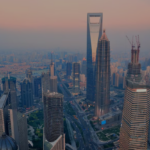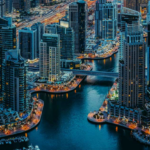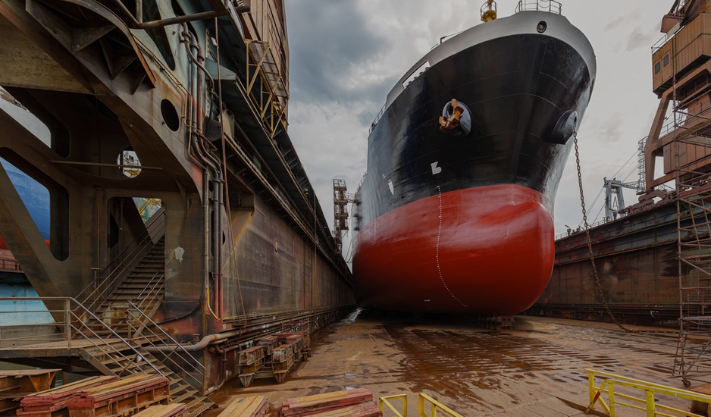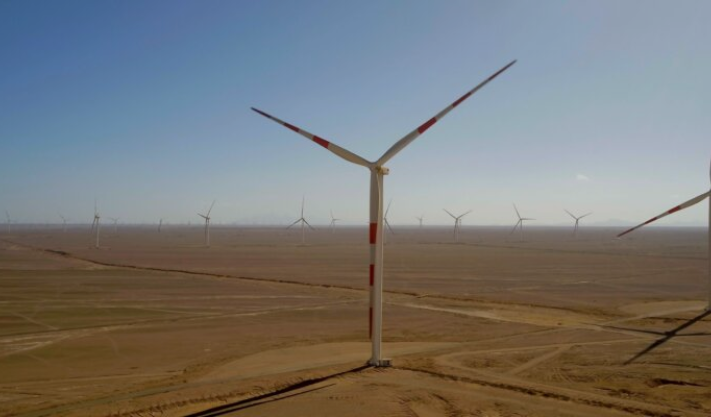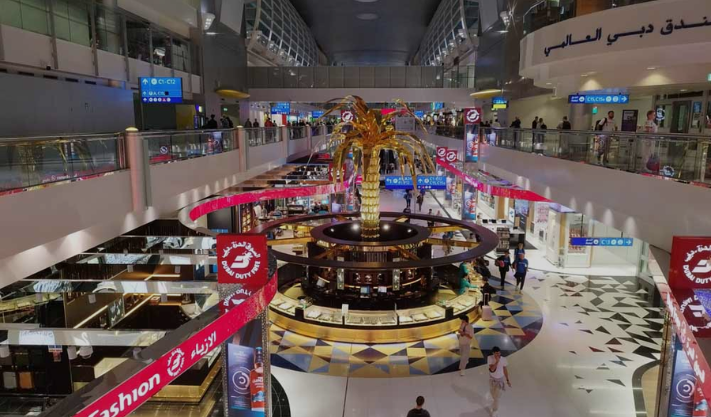
Dubai International Airport had a record 92 million passengers in 2024
Dubai International Airport (DXB), one of the busiest airports in the world, had 92.3 million passengers pass through in 2024, as reported by Dubai’s ruler, Sheikh Mohammed bin Rashid Al Maktoum.
Traffic at DXB
DXB had 440,000 flights in the past 12 months, operated by 106 airlines. These flights went to 272 destinations in 107 countries, according to a post by Sheikh Al Maktoum on X on Thursday.
Over the last 10 years, DXB has served over 700 million passengers and is known as the busiest international airport, as stated by the Airports Council International, a group for airport authorities. Sheikh Al Maktoum, who is also the vice president and prime minister of the UAE, shared this information.
Big Number
Dubai’s airport had 3.3 million air movements over the past 10 years, Sheikh Al Maktoum wrote.
Airport Expansion
In April 2024, Sheikh Al Maktoum approved plans for the world’s largest passenger terminal at Al Maktoum International Airport. The development will cost $34.8 billion (AED 128 billion), according to a report by the news agency WAM. The new terminal is expected to help the airport handle 260 million passengers each year.
“[Al Maktoum International Airport] will be five times the size of the current Dubai International Airport, and in the coming years, all operations at Dubai International will move there,” said Sheikh Al Maktoum.
The new airport will have 400 gates for aircraft and five runways. It will use the latest aviation technology.
Construction started in April in Jebel Ali, with the first phase expected to be finished within 10 years. This phase will be able to handle 150 million travelers per year. Once complete, the airport will cover 70 square kilometers and handle over 260 million passengers and 12 million tonnes of cargo annually.
Published: 31th January 2025
Also Read:
Organic Food in the Middle East: Hype or the Future?
Artificial Intelligence and its Impact on the Middle East’s Future
Healthcare in 2025: The Middle East’s Path to Modernization

